Vintage photographs show the Egyptian Temples of Abu Simbel being relocated, 1964-1968
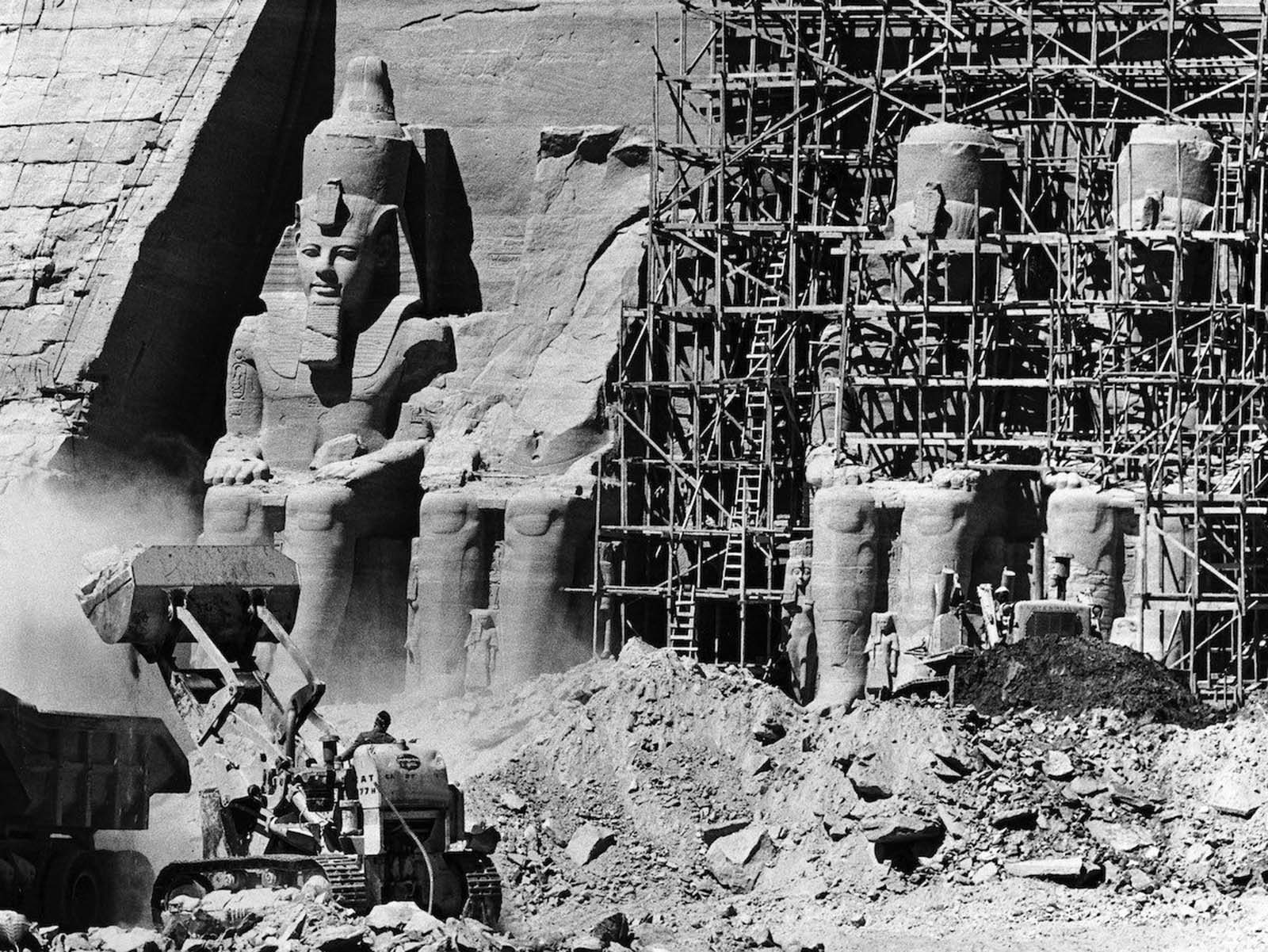
In 1964, one of the world’s largest and most spectacular dismantling and reassembly projects was begun in Egypt. To rescue the ancient temples in Abu Simbel from the waters of the Nile, the temples had to be relocated.
Built more than 3,000 years ago, Abu Simbel contains two temples, carved into a mountainside. The larger of the two temples contains four colossal statues of a seated pharaoh Ramesses II (1303-1213 B.C.) at its entrance, each about 69 feet (21 meters) tall.
The entranceway to the temple was built in such a way that on two days of the year, October 22 and February 22, sunlight shines into the inner sanctuary and lights up three statues seated on a bench, including one of the pharaoh. Historians think these dates mark his coronation and birth.
In addition, Abu Simbel has a second, smaller, temple that may have been built for queen Nefertari. Its front includes two statues of the queen and four of the pharaoh, each about 33 feet (10 meters) in height.
Each is set between buttresses carved with hieroglyphs. While the site was built by an Egyptian ruler, and is located within modern-day Egypt, in ancient times the place it was located in was considered part of Nubia, a territory that was at times independent of ancient Egypt.
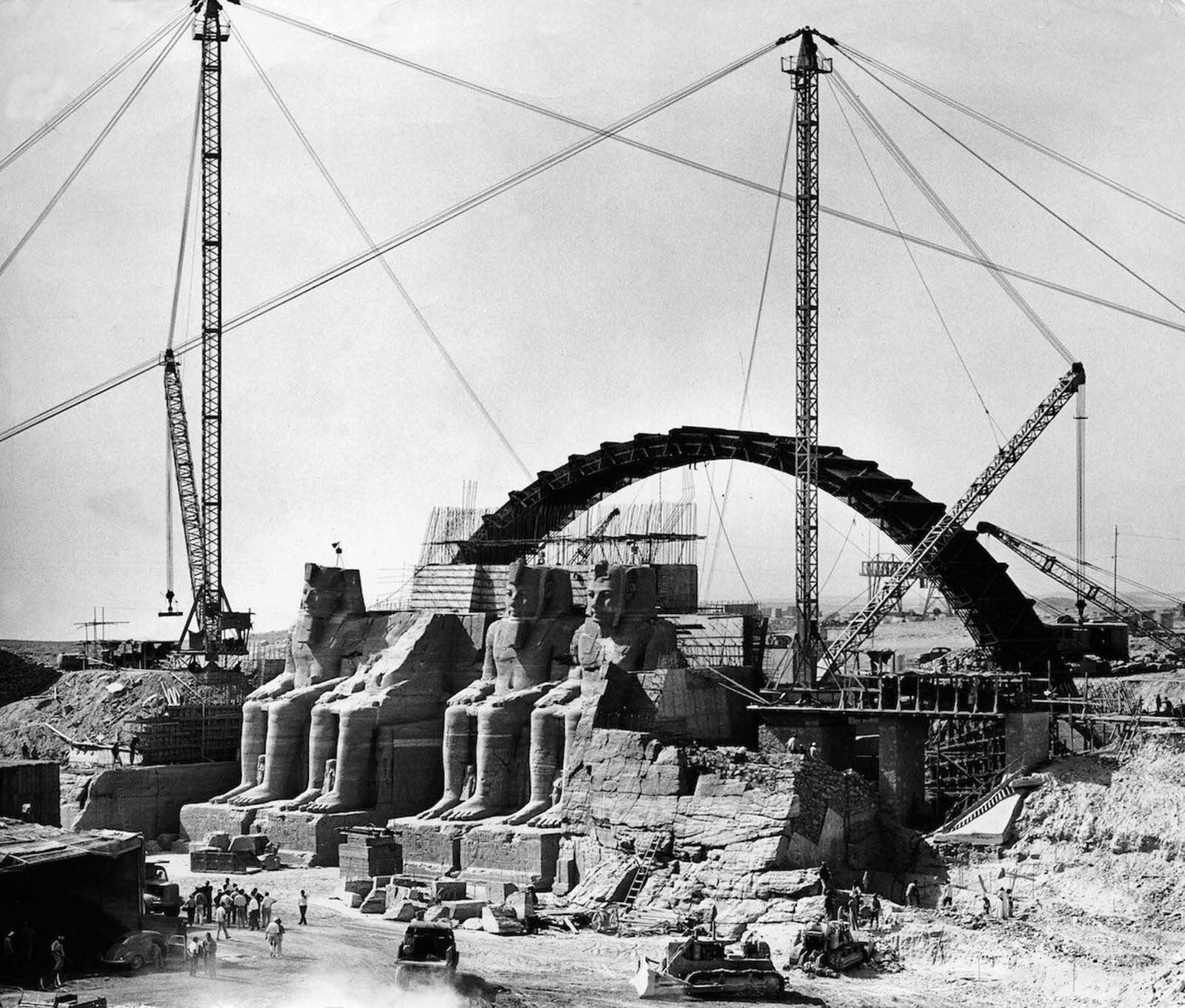
The new site was about 200 meters further inland and 65 meters higher up.
With the passage of time, the temples fell into disuse and eventually became covered by sand. By the 6th century BC, the sand already covered the statues of the main temple up to their knees.
The temple was forgotten until 1813, when Swiss orientalist Jean-Louis Burckhardt found the top frieze of the main temple. Burckhardt talked about his discovery with Italian explorer Giovanni Belzoni, who travelled to the site, but was unable to dig out an entry to the temple. Belzoni returned in 1817, this time succeeding in his attempt to enter the complex.
In the 1960s, the new Aswan Dam was built to control the Nile floods and generate electricity for rapidly modernizing Egypt. Nearly two dozen archaeological sites had to be moved to save them from the rising waters of the newly created Lake Nasser. The Temple of Philae, a popular attraction in Aswan was one such site, but the challenges of Abu Simbel were even more epic.
Overseen by UNESCO, the giant figures of Ramses II were carefully sliced into a series of 20-tonne blocks and slowly moved away from the lake piece by piece, before being fitted back together like a giant game of Tetris into a specially constructed artificial cliff.
The whole operation took four years and cost USD$300 million in today’s money. But the relocation was so precisely measured that twice a year, in February and October, the rising sun penetrates all the way to the temple’s interior, illuminating the sun god’s inner sanctum as it did when the temple was originally constructed.

Between 1964 and 1968, the entire site was carefully cut into large blocks (up to 30 tons, averaging 20 tons), dismantled, lifted and reassembled in a new location.
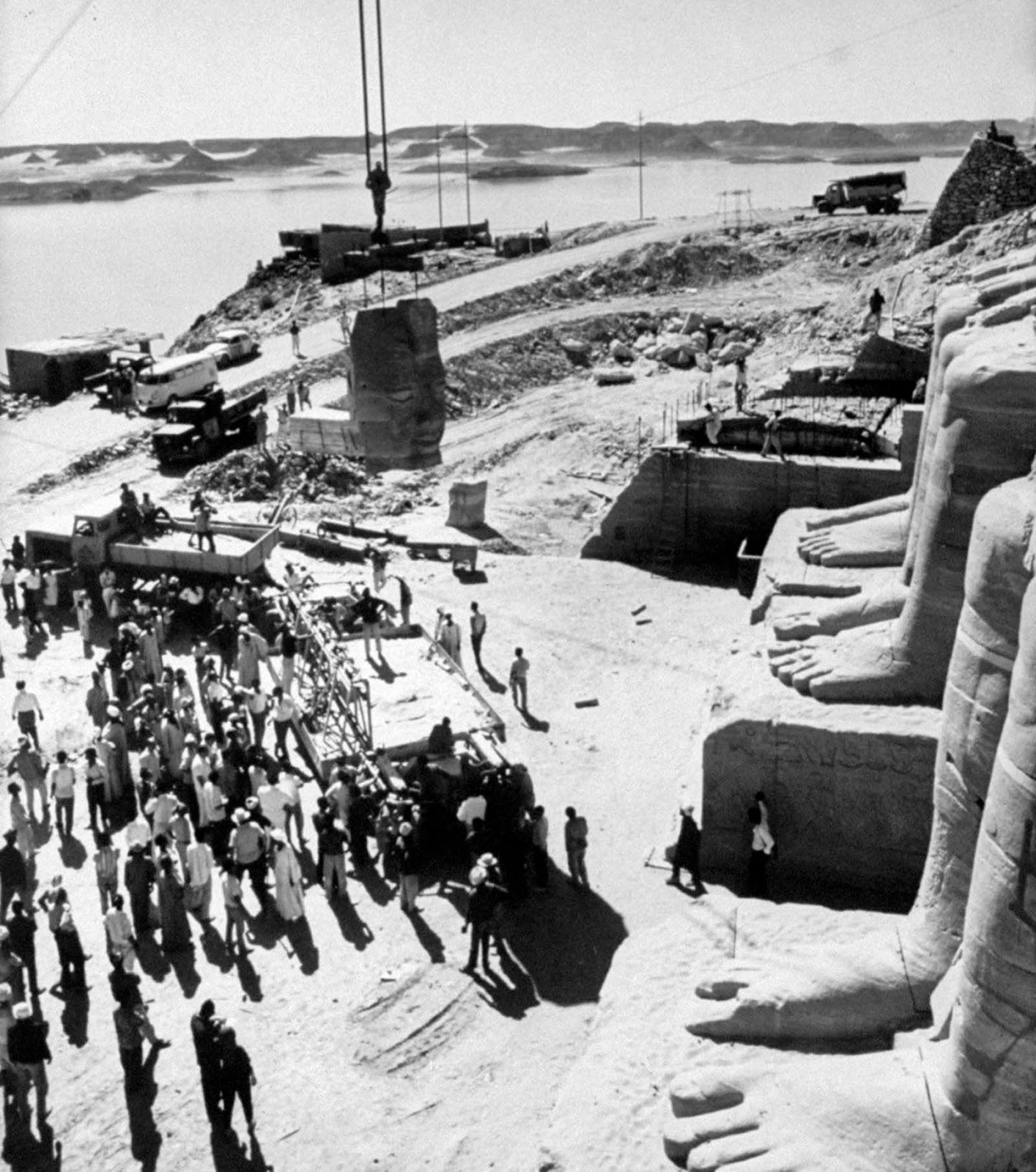
Using tools ranging from handsaws to bulldozers, the statues and the temples were carved into 20-ton blocks which were put back together on the new site.

The reassembly called for extreme precision, with a tiny tolerance of only plus or minus 5 millimeters.
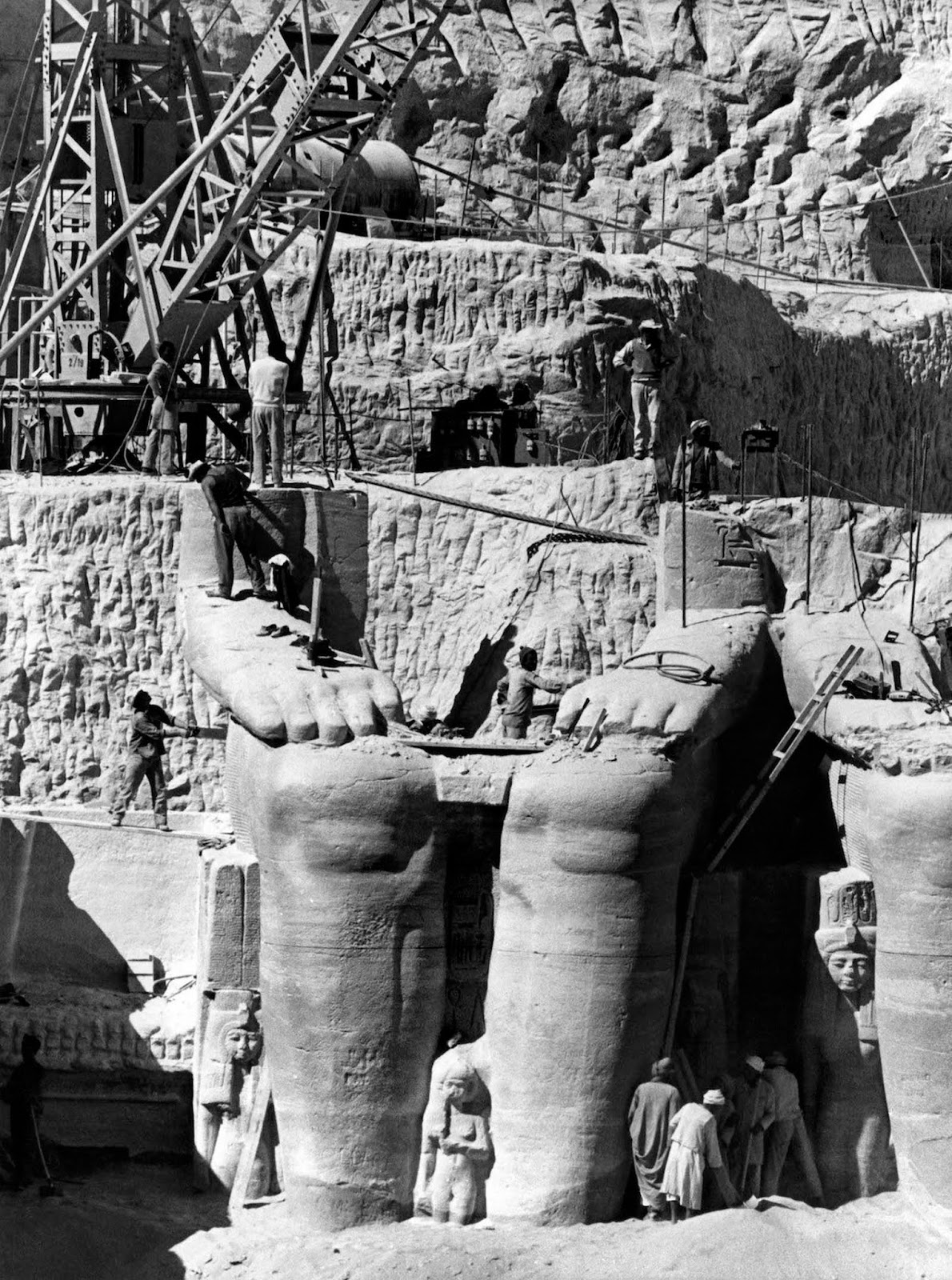
The reconstructed temple was oriented so the sun, at certain times of the year, illuminated the interior, as per the original temple.

The relocation of the temples was necessary or they would have been submerged during the creation of Lake Nasser, the massive artificial water reservoir formed after the building of the Aswan High Dam on the River Nile.
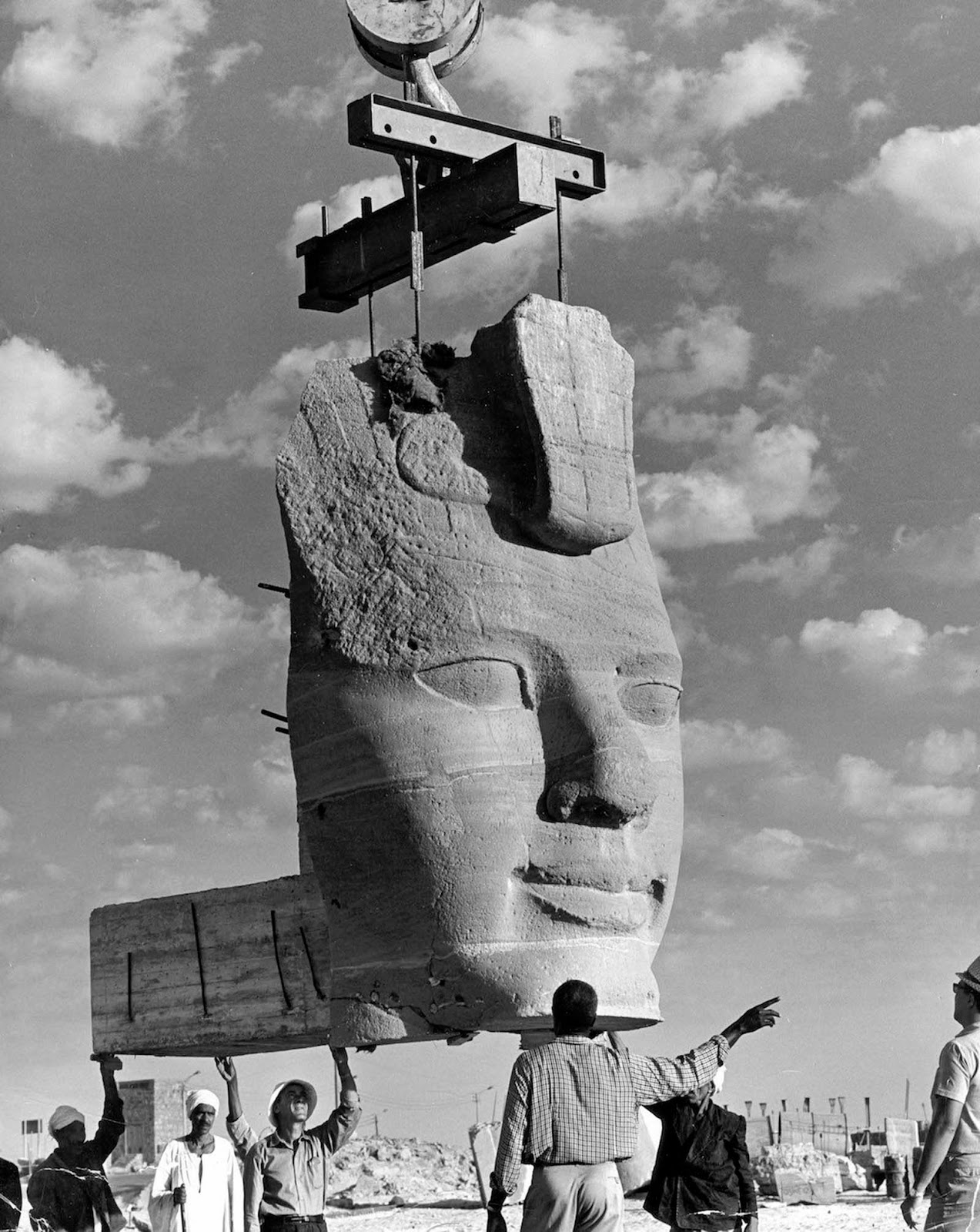
A total of 22 monuments and complexes were relocated by 40 technical missions from five continents.
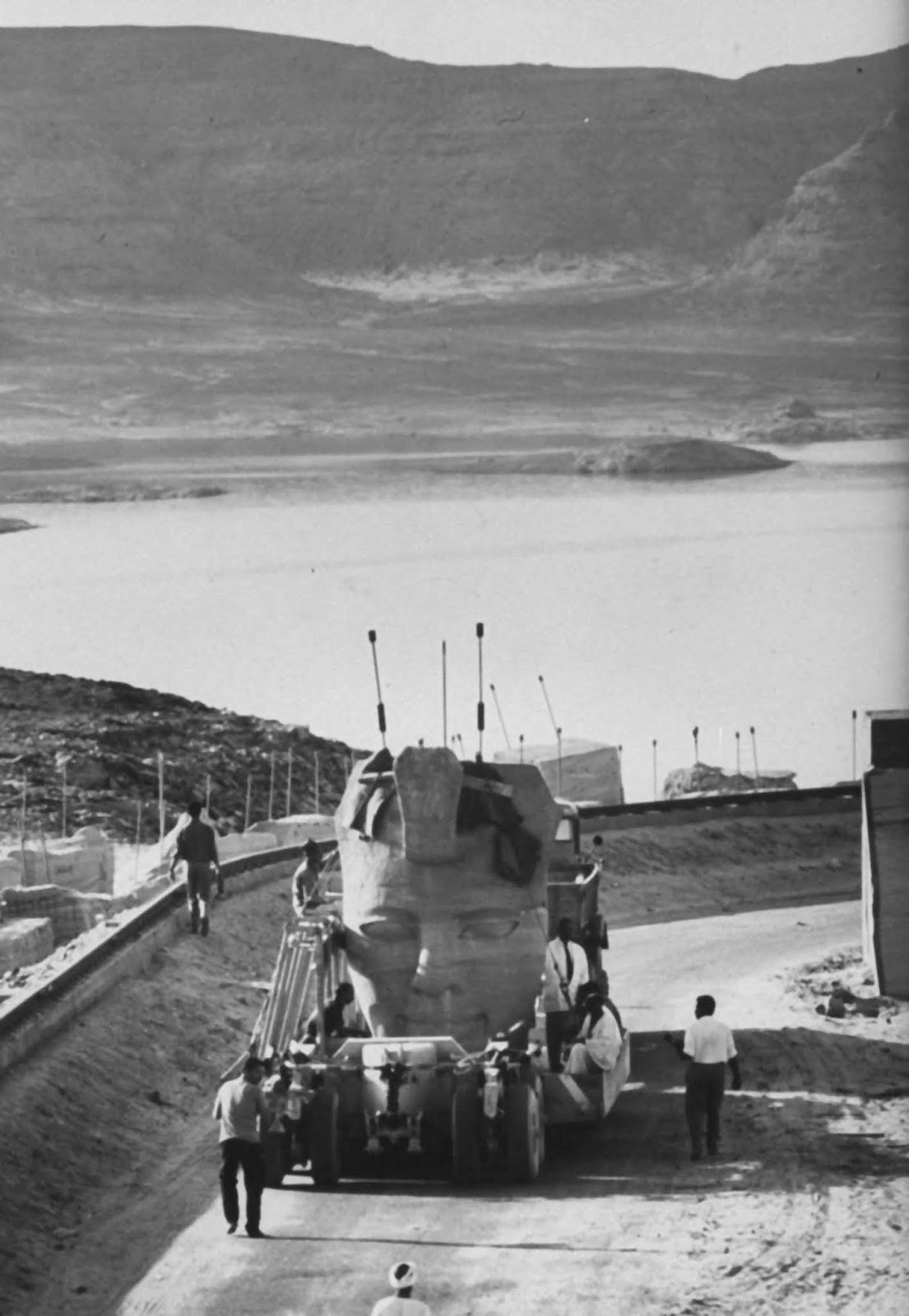
The complex is part of the UNESCO World Heritage Site known as the “Nubian Monuments”.
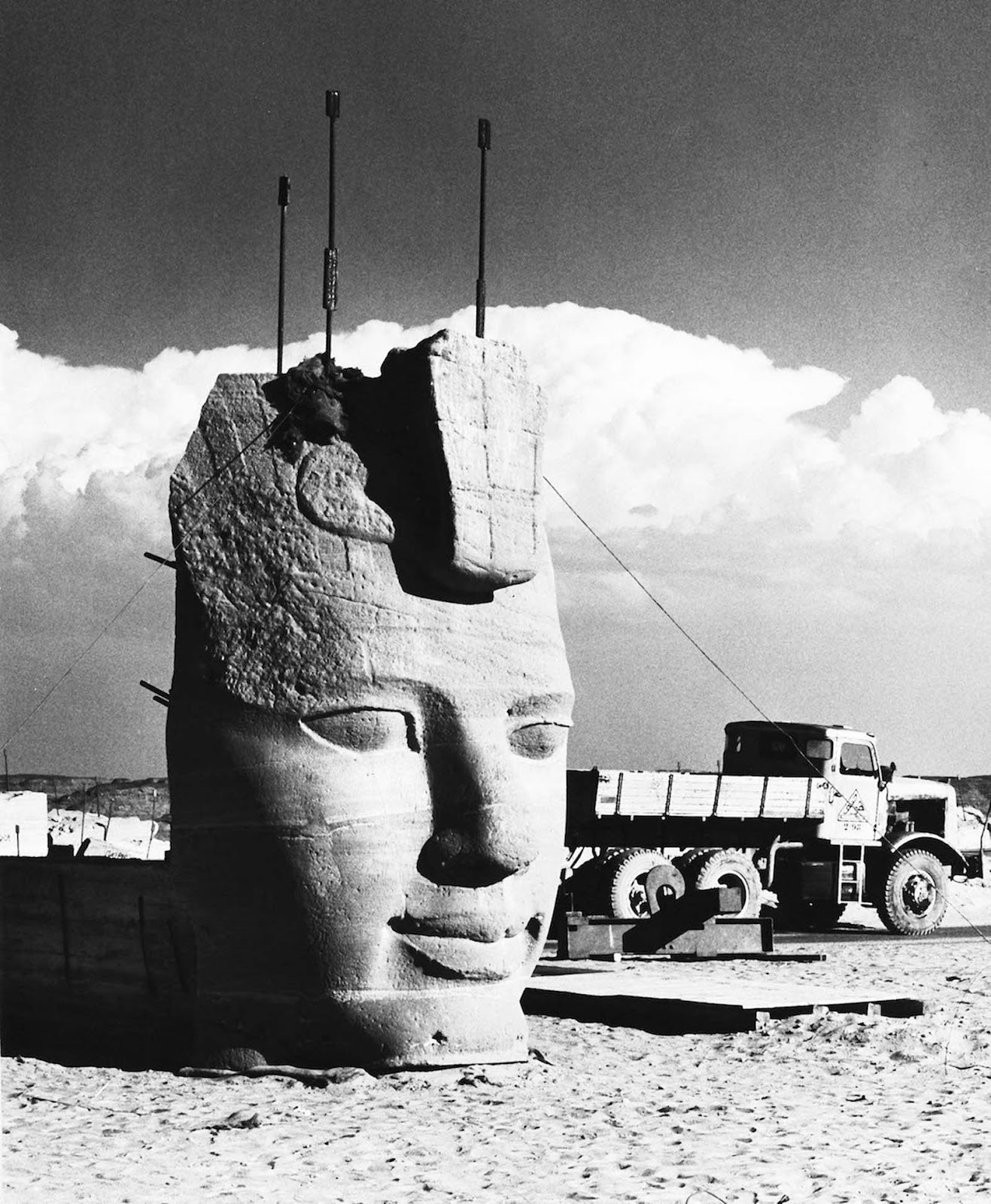
The relocation was done under the supervision of a Polish archaeologist, Kazimierz Michałowski.
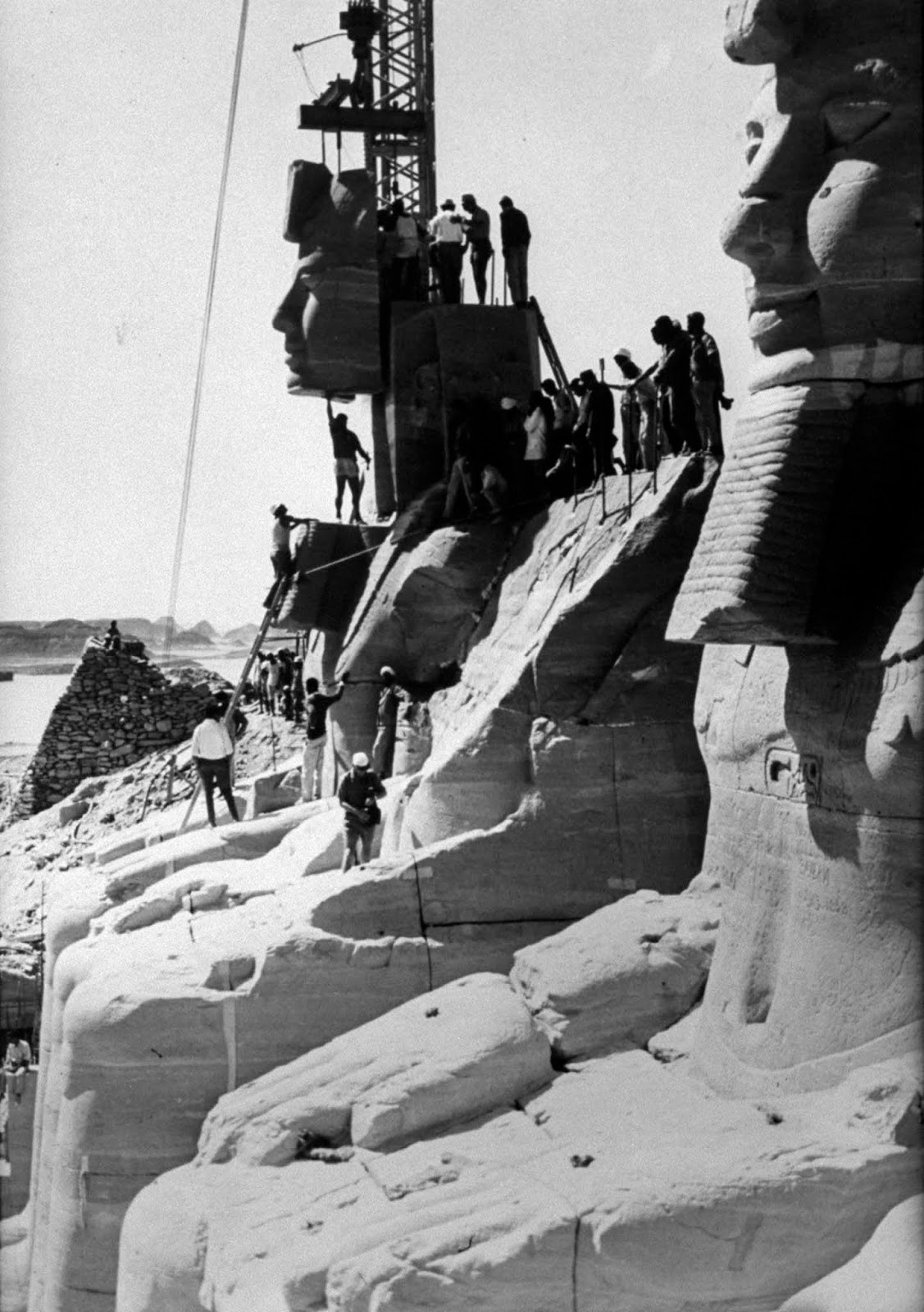
The twin temples were originally carved out of the mountainside in the 13th century BC, during the 19th dynasty reign of the Pharaoh Ramesses II.
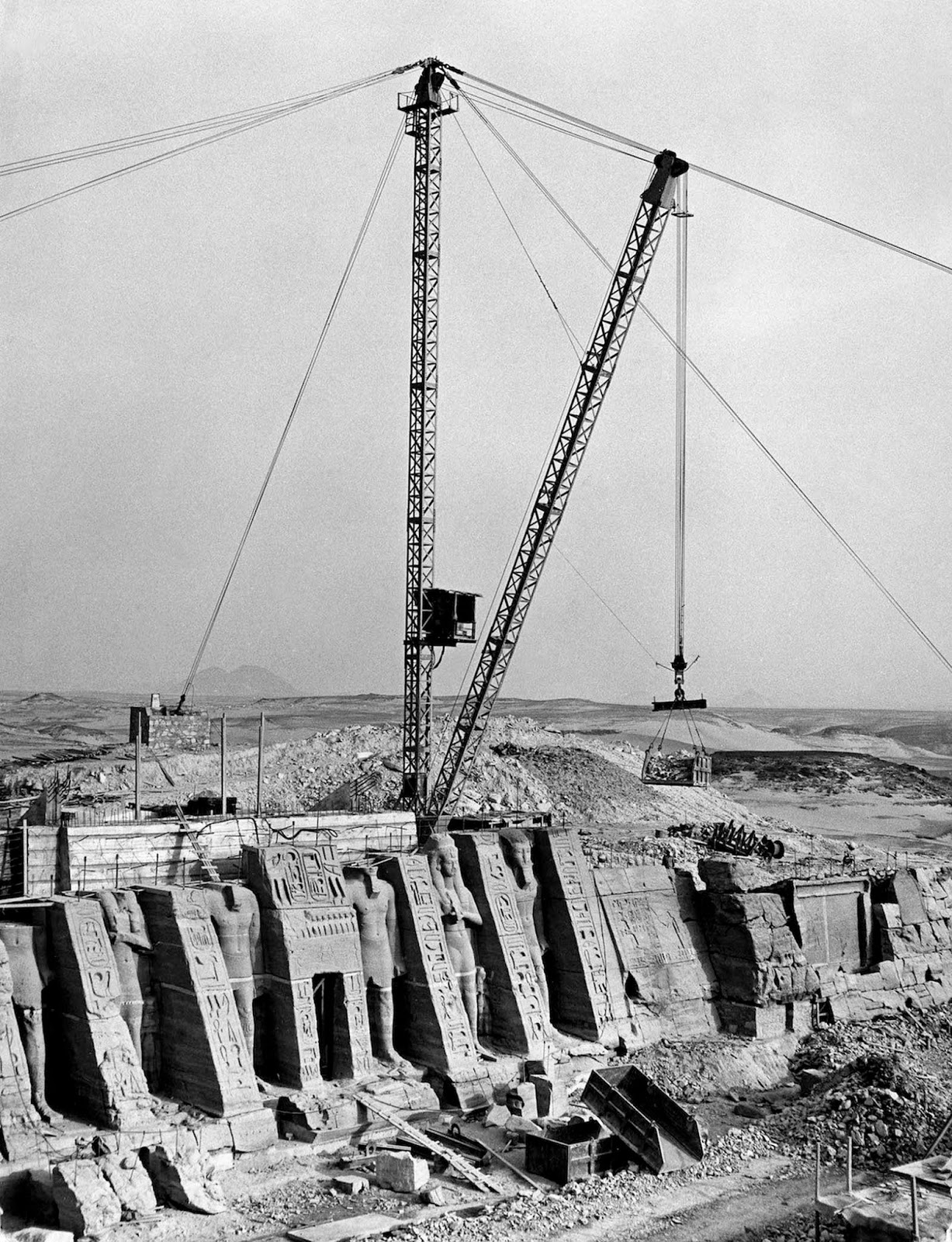
They serve as a lasting monument to the king and his queen Nefertari, and commemorate his victory at the Battle of Kadesh.

Moving the Temples of Abu Simbel.
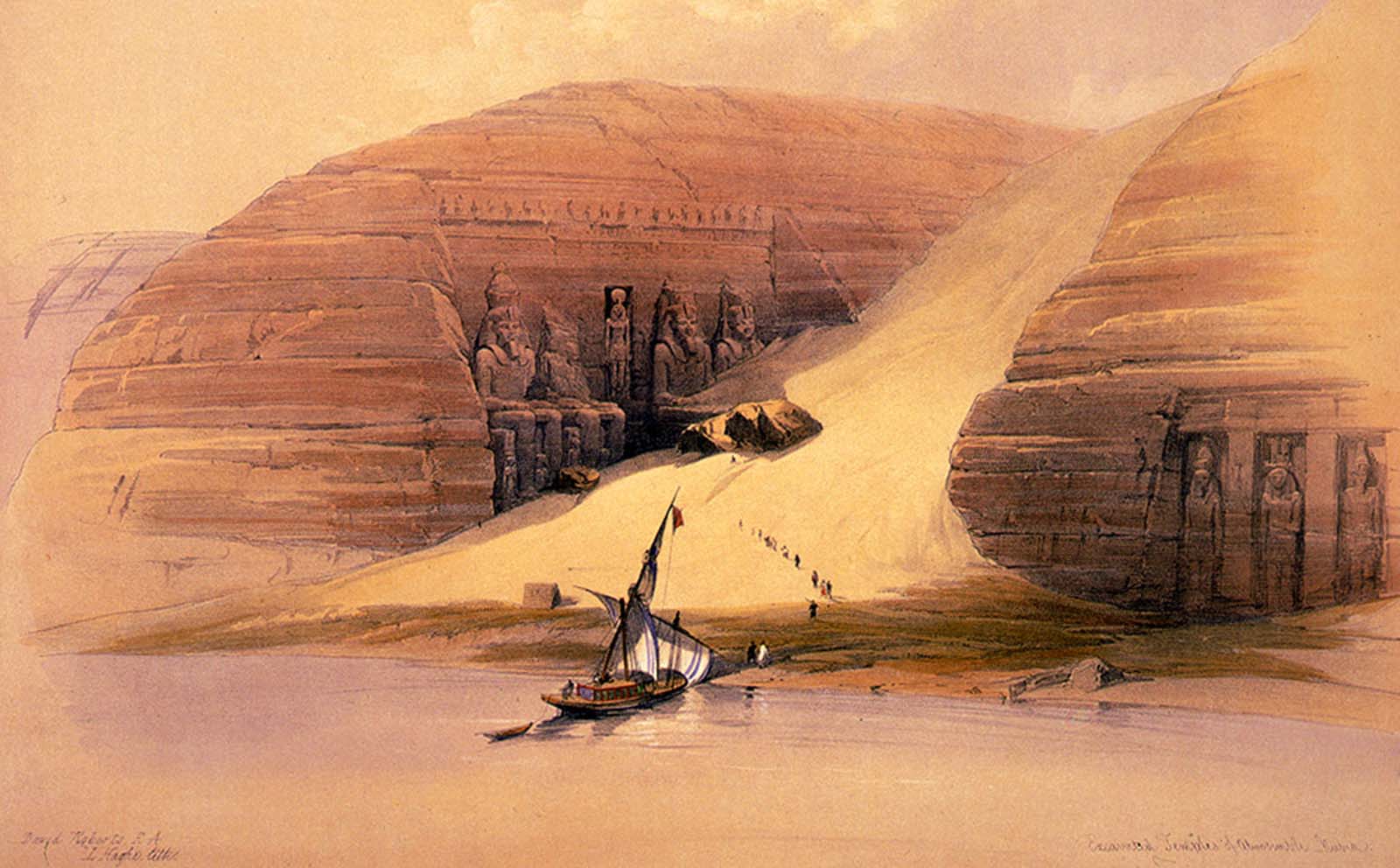
This 19th century image by David Roberts shows the emerging seated statues.

A scale model showing the original and current location of the temple (with respect to the water level) at the Nubian Museum, in Aswan.
Related Post
A shocking documentary proves that mermaids do exist
SHOCKING Revelation: Thuya, Mother of Queen Tiye, Was the Grandmother of Akhenaten and Tutankhamun—What Ancient Egyptian Secrets Did She Leave Behind?
Breaking News: Astonishing Discoveries at Karahan Tepe Confirm an Extraterrestrial Civilization is Hiding on Earth, and NO ONE Knows!
Breaking News: Researchers FINALLY Discover U.S. Navy Flight 19 After 75 Years Lost in the Bermuda Triangle!
NASA’s Secret Investigation: Uncovering the Astonishing Mystery of the UFO Crash on the Mountain!
Explosive UFO Docs LEAKED: Startling Proof That Aliens Ruled Ancient Egypt!